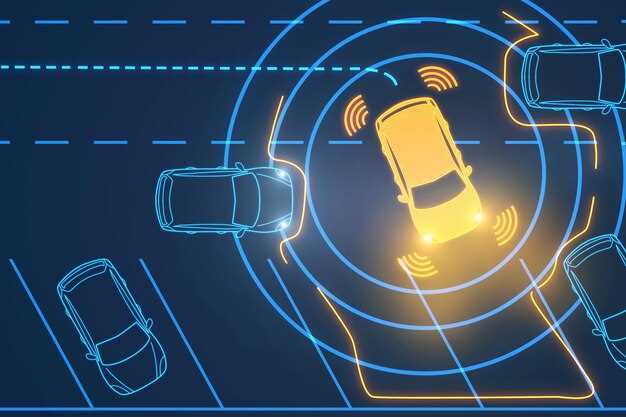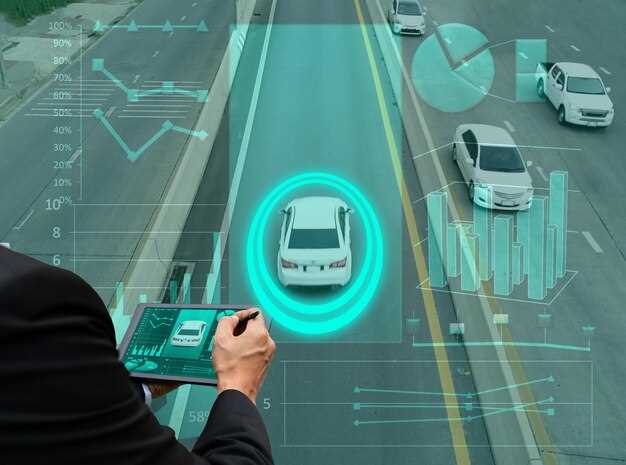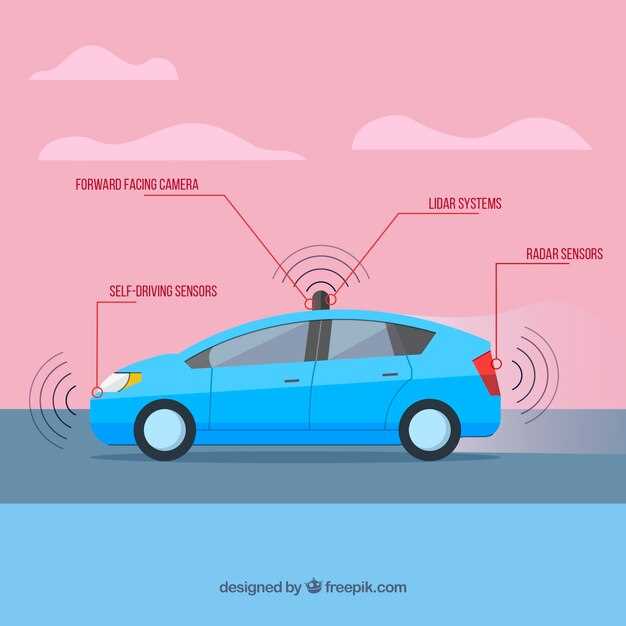
In the realm of automotive innovation, Ford has consistently positioned itself at the forefront of safety technology. One of the most significant advancements that has emerged in recent years is the integration of advanced safety sensors, which leverage sophisticated radar systems to enhance vehicle safety and driver convenience. These sensors not only assist in collision avoidance but also play a pivotal role in various driving scenarios, such as parking.
The incorporation of radar sensors allows Ford vehicles to accurately detect obstacles, ensuring that drivers have the awareness necessary for making informed decisions on the road. This technology is particularly beneficial in urban environments where tight spaces and heavy traffic can make maneuvering challenging. By using radar to analyze the surroundings, Ford cars can provide real-time feedback, which greatly reduces the likelihood of accidents during critical moments.
Furthermore, Ford’s advanced safety sensor systems are designed to work seamlessly with other features, such as automated parking assistance. This innovative approach not only simplifies the parking process but also highlights the importance of integrating technology with driver initiatives to foster a safer driving environment. Through these advancements, Ford is not just manufacturing vehicles; it is redefining the driving experience.
How Parking Assist Technology Enhances Urban Driving

Parking assist technology is revolutionizing the way drivers navigate urban environments. In densely populated cities, finding a parking spot can be a formidable challenge. This is where advanced parking assist systems come into play, offering invaluable assistance to drivers.
These systems utilize a combination of sensors and cameras to detect available parking spaces while providing real-time feedback. When approaching a potential parking spot, the technology analyzes the dimensions and the surrounding environment, determining whether the space is suitable for the vehicle. This reduces the guesswork and anxiety often associated with urban parking.
Once a driver decides to utilize the assist feature, the system takes over steering control, allowing the driver to focus on monitoring the surroundings. This not only ensures a smoother parking process but also significantly minimizes the risk of collision with nearby objects or pedestrians. The convenience of hands-free parking makes it easier for drivers to navigate tight spaces, enhancing overall urban driving experiences.
Moreover, parking assist systems often include additional features such as alerts for obstacles, guidance prompts, and even automatic parallel parking capabilities. These enhancements allow drivers to park with greater accuracy and confidence, further alleviating stress in busy urban settings.
In conclusion, parking assist technology plays a critical role in enhancing urban driving by simplifying the parking process and increasing overall safety. Through innovative sensor integration, Ford vehicles empower drivers to navigate the complexities of city parking effortlessly.
Radar Systems: The Backbone of Collision Avoidance

Radar systems play a crucial role in the advanced safety features found in Ford vehicles, specifically in collision avoidance technologies. These systems utilize electromagnetic waves to detect objects in the vehicle’s surroundings, providing real-time data to help prevent accidents. By continuously scanning the environment, radar can identify obstacles and assess their speed and distance, allowing the vehicle to make informed decisions.
One of the key applications of radar technology is in parking assistance. It enables drivers to maneuver into tight spaces with greater confidence and accuracy. The sensors detect nearby objects, alerting the driver when they are too close to another vehicle or obstacle. This feature not only enhances safety during parking but also reduces the likelihood of minor collisions that can occur in crowded areas.
In addition to aiding with parking, radar systems are fundamental to adaptive cruise control and emergency braking. These features utilize data collected by radar to maintain a safe distance from the vehicles ahead and initiate braking if a potential collision is detected. This proactive approach significantly mitigates the risks associated with sudden stops and rear-end collisions.
Ford’s integration of radar systems exemplifies the brand’s commitment to safety and innovation. By enhancing driver awareness and automating critical responses, these technologies pave the way for a safer driving experience. As advancements in radar continue, we can expect even more sophisticated safety systems to emerge, further solidifying their importance in modern vehicles.
Real-World Applications of Safety Sensors in Ford Vehicles
Ford vehicles are equipped with advanced safety sensors that enhance driver awareness and vehicle performance in various conditions. One of the key technologies utilized is radar, which plays a crucial role in several safety systems.
One prominent application of radar in Ford cars is the Adaptive Cruise Control. This system uses radar sensors to monitor the speed of vehicles ahead, allowing the Ford vehicle to maintain a safe distance automatically. If the radar detects a slower vehicle in the same lane, the system adjusts the speed accordingly, providing a seamless driving experience.
Another significant feature is the Lane Keeping Assist. This system employs cameras and radar to detect lane markings. If the vehicle unintentionally drifts out of its lane, the Lane Keeping Assist provides gentle steering inputs to guide the vehicle back, thereby assisting the driver in maintaining lane discipline.
Ford also integrates radar technology into its Pre-Collision Assist system. By continually monitoring the space ahead, the system can identify potential collisions. If a risk is detected, it alerts the driver and, if necessary, can apply the brakes autonomously, significantly reducing the impact or avoiding an accident altogether.
Moreover, the Blind Spot Information System utilizes radar sensors to monitor the areas alongside and behind the vehicle. If another vehicle enters the blind spot, the system provides visual alerts, assisting drivers in making safer lane changes.
In more complex scenarios, Ford’s Parking Assist utilizes radar to detect obstacles during parking maneuvers. This system can guide the vehicle into tight spaces by providing steering inputs and alerts to the driver, effectively reducing the chances of minor collisions.
Overall, the integration of advanced radar and assistive technologies in Ford vehicles not only enhances safety but also contributes to an improved driving experience, allowing drivers to navigate various conditions with greater confidence.



